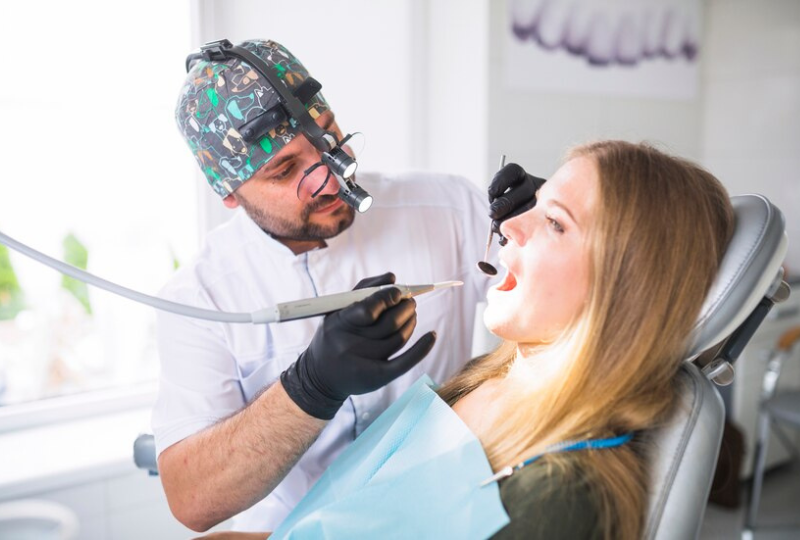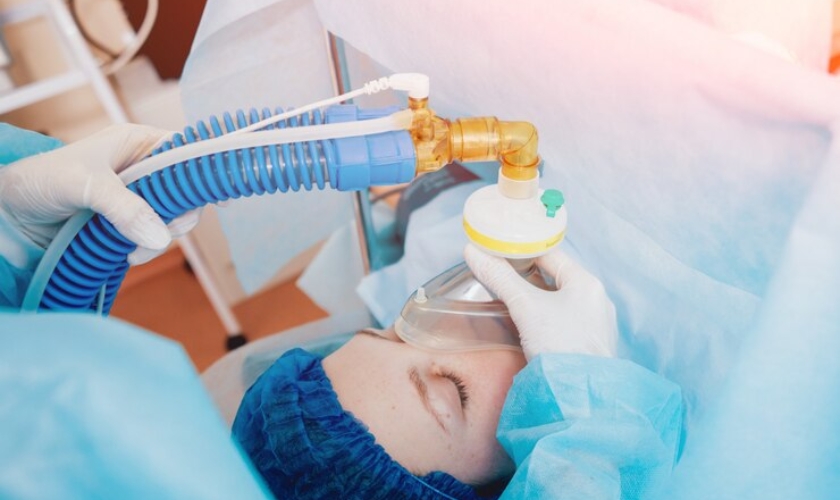Are you one of the many who feel a rush of nerves at the mere mention of a dental visit? You’re not alone. The anticipation of discomfort often overshadows the necessity of dental care. But what if I told you there’s a way to transform this experience into a calm and relaxed affair? Welcome to the world of oral sedation in dentistry. In this engaging exploration, we’ll delve into the diverse spectrum of oral sedation techniques. From mild relaxation to deeper sedation options, discover how these methods are designed to alleviate anxiety, ensuring a more comfortable and stress-free dental journey for you.
Types of Oral Sedation
1. Minimal Sedation:
Minimal sedation involves taking a mild sedative, often in the form of a pill, to induce a relaxed state without causing the patient to fall asleep. It helps in calming nerves and reducing anxiety, allowing patients to remain conscious and responsive during the procedure.
2. Moderate Sedation:
This type of sedation, also known as conscious sedation, involves a deeper state of relaxation than minimal sedation. It might cause patients to feel drowsy, and they may not remember much of the procedure afterward. However, they can still respond to instructions from the dentist.
3. Deep Sedation:
Deep sedation brings patients to the edge of consciousness, wherein they are barely responsive. Unlike general anesthesia, patients under deep sedation can be awakened easily but might not be aware of their surroundings. This type is often used for complex dental procedures.
General Anesthesia:
While not strictly oral sedation, general anesthesia can be administered orally for specific dental procedures. It induces unconsciousness, rendering the patient completely unaware and unresponsive during the dental work.
Applications and Benefits
1. Anxiety Alleviation and Enhanced Cooperation:
Oral sedation plays a pivotal role in alleviating anxiety and fear associated with dental visits. By inducing a relaxed state, patients feel more at ease, allowing for enhanced cooperation during lengthy or uncomfortable procedures. This reduction in anxiety levels not only benefits patients but also facilitates a smoother experience for dentists, enabling them to perform procedures more efficiently.
2. Reduced Discomfort and Gag Reflex:
Another significant benefit of oral sedation is its ability to minimize discomfort and the gag reflex in patients. This is particularly beneficial for individuals with a sensitive gag reflex or those undergoing procedures that might trigger discomfort. By achieving a relaxed state, oral sedation helps in diminishing these sensations, enabling a more comfortable and stress-free experience for patients undergoing dental treatments.
In conclusion, the realm of oral sedation within dentistry is a gateway to transforming anxious visits into serene experiences. By embracing various sedation options tailored to individual needs, patients unlock a path to comfortable dental care. This comprehensive guide sheds light on the diverse spectrum of oral sedation types, from minimal relaxation to deep sedation, offering a sense of control and calmness. Remember, discussing your preferences and concerns with your oral session dentist in Irving paves the way for a personalized, stress-free dental journey. Embrace the possibilities of oral sedation; it’s the key to a more relaxed and pleasant visit to the dentist’s chair.




